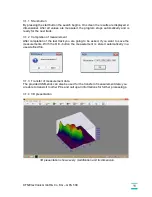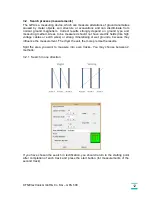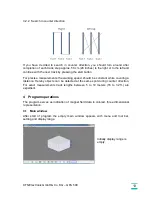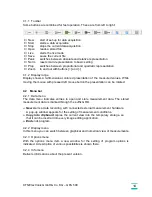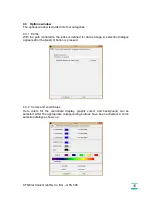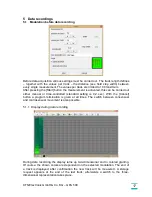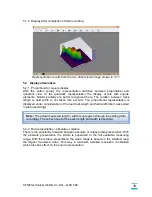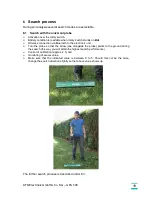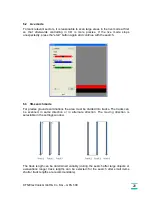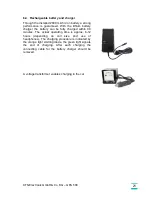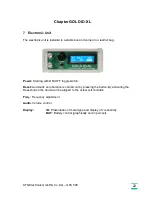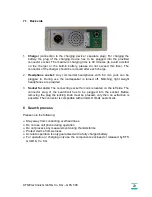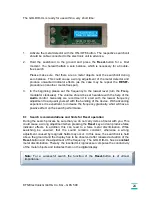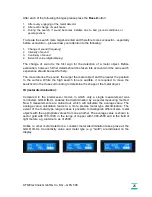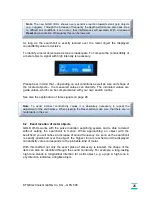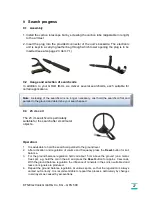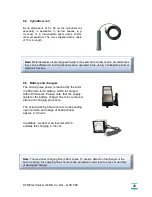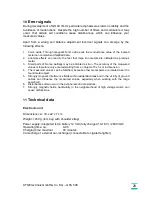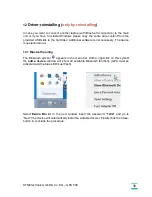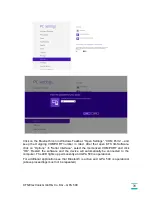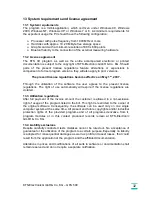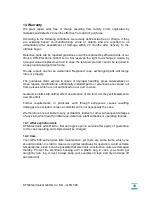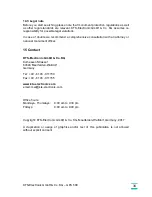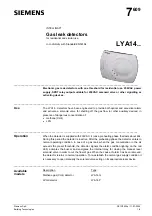
KTS-Electronic GmbH & Co. KG
– GPA 500
25
After each of the following changes please press the
Reset-
button:
1. After every engaging of the metal detector.
2. After each change of searchcoils.
3. During the search, if sound becomes instable due to bad ground conditions or
geomagnetism.
To create the search more target-oriented and therefore more successful
– especially
before excavation
– please draw your attention to the following:
1. Change of sound (frequency)
2. Intensity of sound
3. Continuity of sound
4. Extent of value (digital display)
The change of sound is the first sign for the detection of a metal object. Before
excavation, however, further details should be taken into account and the own search
experience should be used for help:
The more intense the sound, the larger the metal object and the nearer the position
to the surface. While the high search tone is audible, it is required to move the
searchcoil in the close surrounding to determine the shape of the metal object.
ID (metal discrimination):
Compared to the predecessor model, in which only a single measurement was
conducted, GOLD ID-XL enables the discrimination by a special measuring method.
Now 5 measurements are carried out, which will calculate the average value. The
average value calculation leads to a more precise metal type discrimination. The
extent of the metal type range makes it possible to distinguish different size metal
objects with the appropriate values from one another. The average value is shown in
sector gold with 100-1000, in the range of copper with 1000-2500 and in the field of
light metals, e.g. aluminum, as of 2500.
Unlike to other metal detectors a constant metal discrimination takes place at the
GOLD ID-XL.
Conductivity value and metal type (e.g. “Gold”) are indicated on the
display.

